Leading Economic Indicators: Freight Index
August 10 | Posted by mrossol | Business, Economics, MaloneSource: Leading Economic Indicators – by Robert W Malone MD, MS
Although we seem to be pretty good at pattern recognition, Jill and I have the advantage of many years enrolled in the school of hard knocks, we consume a lot of information, and we listen to many different voices, we are not economic analysts. But some things just seem self evident. For instance, Jill and I predicted the COVID supply shortages well before they happened with the COVID-19 Alpha strain in 2020, and wrote about what to expect in our banned book, published March 2020. Our predictions last fall of food prices continuing to rise due to Hurricane Tonga was pretty much spot on. We also predicted almost on the day the Ukrainian war was announced that grain prices, certain metals and other items produced by Russia and Ukraine would skyrocket in price. Accurate predictions like these are not hard to make if you have your eyes and ears open.
And Jill and I often observe that our Lusitano horse sales (a non-essential luxury item) seem to be a leading indicator of near term economic trends.
In general I try not to over-analyze, but instead just note the patterns that indicate trouble ahead.
So, just like many others, we often scan specific economic indicators, and recently we have been seeing some red flags. Particularly red flags relating to shipping patterns. Why shipping? Shipping is a key indicator of international commerce. I will never forget that as the Great Recession (2007-2009) began, shipping collapsed – all over the world, ships were just not leaving port. Lesson learned. So we pay attention to shipping traffic. And what we are seeing in the present is not encouraging.
This amazing video illustrating typical shipping patterns. At the outset of the Great Recession, this type of tracking showed that all of this movement suddenly stopped- the sea lanes were empty.
And so this morning we decided to lead off by alerting our readers to some of the recent economic indicators which are really concerning many. Is it time to batten down the hatches? I will leave that assessment up to you, and to the many economic prognosticators that do this for a living. But from where we stand, Jill and I think that it is time to clamp down on spending and prepare for a turbulent fourth quarter. Maybe you may also find this information helpful in guiding your own “kitchen table” economic planning.
COPENHAGEN, Aug 4 (Reuters) – Shipping group A.P. Moller-Maersk (MAERSKb.CO) warned on Friday of a steeper decline in global demand for shipping containers by sea this year, prompted by muted economic growth and customers reducing inventories.
The company, one of the world’s biggest container shippers with a market share of around 17%, said it expects container volumes to fall by as much as 4%. It had previously forecast a decline of no more than 2.5%.
Maersk transports goods for retailers and consumer companies such as Walmart, Nike and Unilever, and is seen as a barometer for global economic and corporate health.
CEO Vincent Clerc said he saw no sign that the destocking which has curbed global trade activity would end this year.
Maersk posted record earnings last year due to high freight rates caused by strong consumer demand and pandemic-related logjams at ports. But freight rates have tumbled this year amid a global economic slowdown.
- Since peaking during the pandemic, the transportation industry has faced a protracted slump.
- An index that tracks global container rates has plunged 75% from a year ago.
- The downturn has also affected the US trucking business, prompting the Fed to acknowledge the “freight recession“
The overall U.S. supply chain has recovered substantially from pandemic-era disruptions as economic growth has slowed, countries have reopened and shoppers have shifted their spending away from goods and toward services.
As a result, the trucking industry has been in something of a recession for the better part of a year, said Rachel Premack, the editorial director of FreightWaves, a provider of global supply chain market intelligence.
However, a downgrade in the AAA rating of the US government’s credit worthiness is a big deal by anyone’s standard.
Credit-card debt surpassed the $1 trillion mark during the second quarter, a milestone pointing at consumers’ continuing willingness — or need — to resort to credit cards in order to meet rising prices.
Americans’ collective credit-card bill rose to $1.03 trillion from $986 billion in the first quarter, according to the household debt report released Tuesday by the Federal Reserve Bank of New York.
Overall, Americans are taking on more debt and largely paying their bills on time, but cracks appear to be showing.
Household debt climbed to $17.06 trillion, up just 0.1% from the previous quarter. This figure counts debts including mortgages, credit-card bills, car loans and student loans. Credit-card debt increased at the sharpest rate of all debt categories, researchers noted.
Meanwhile, delinquency rates pushed higher. The share of credit-card debt that was at least 30 days past due increased to 7.2%, up from 6.5% in the first quarter. That’s the highest level since the first quarter of 2012, New York Fed data shows.
For car loans, the share of auto loans past due by at least 30 days climbed to 7.2% in the second quarter from 6.8% during the prior quarter. That’s the highest since the first quarter of 2018, data shows.
“Credit-card balances saw brisk growth in the second quarter. And while delinquency rates have edged up, they appear to have normalized to pre-pandemic levels,” Joelle Scally, regional economic principal at the New York Fed’s Household and Public Policy Research Division, said in a statement.
It looks to me like the current financial storm is brewing ever larger. The question is how to prepare?
The ages old advice of saving money, buying hard assets that are resistant to recession (and inflation), and not taking on more debt are classical responses to impending recession and the need to preserve capital so that you can weather impending financial storms.
And yet we are getting bombarded these days by various enticements to taking on debt. Maybe you are also getting lots of those enticing credit card and loan solicitations? Never forget – in the modern world, debt is a form of indentured servitude.
If you are one of the ones that absolutely must preserve your freedom, my gentle advice is to start by avoiding indebtedness. There is no way I would have been as comfortable speaking out during the COVIDcrisis if Jill and I had not cleared off our debt before that storm hit.
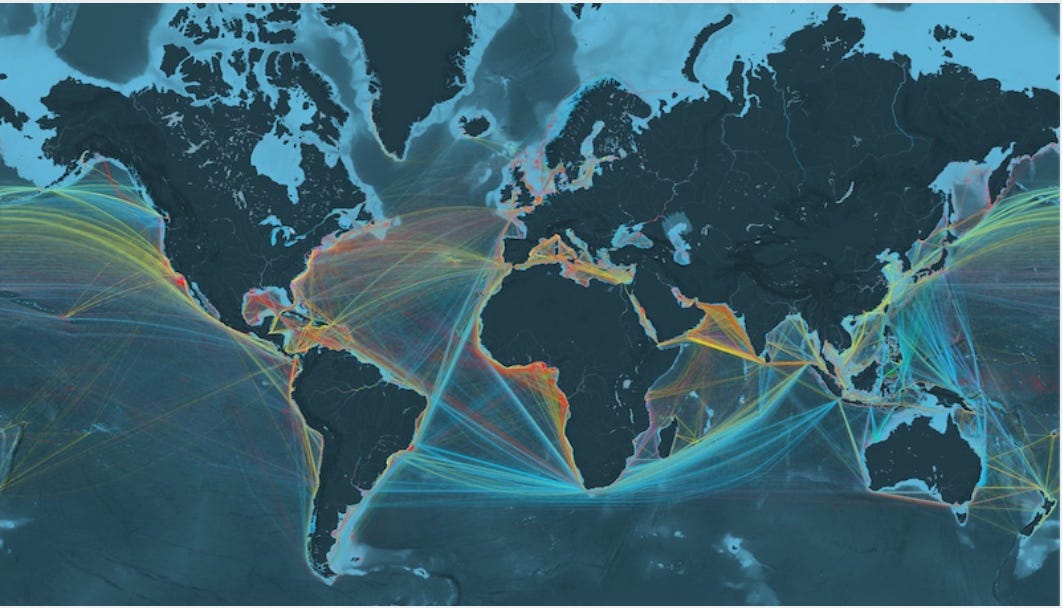

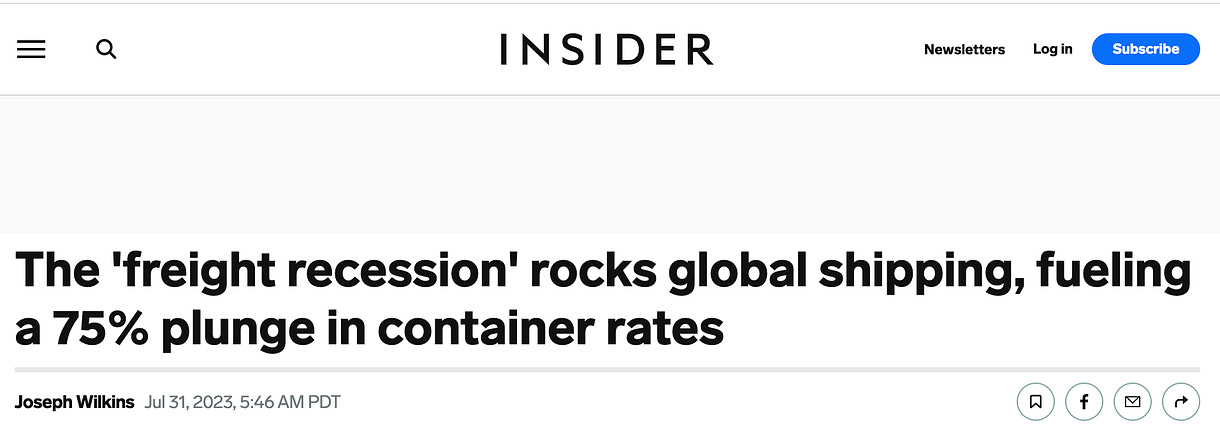

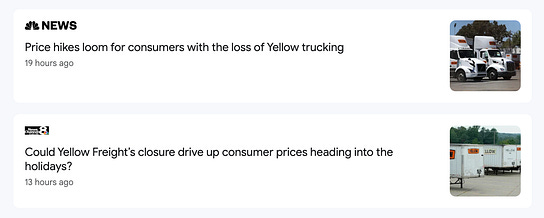

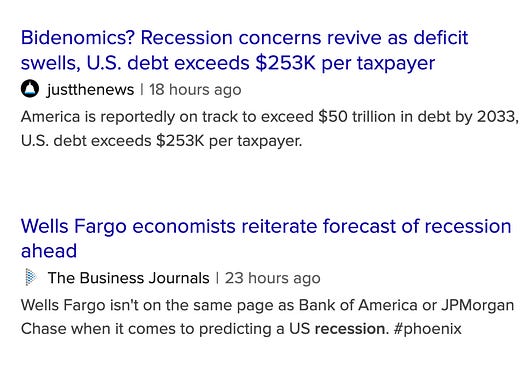
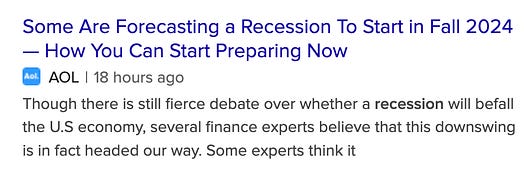
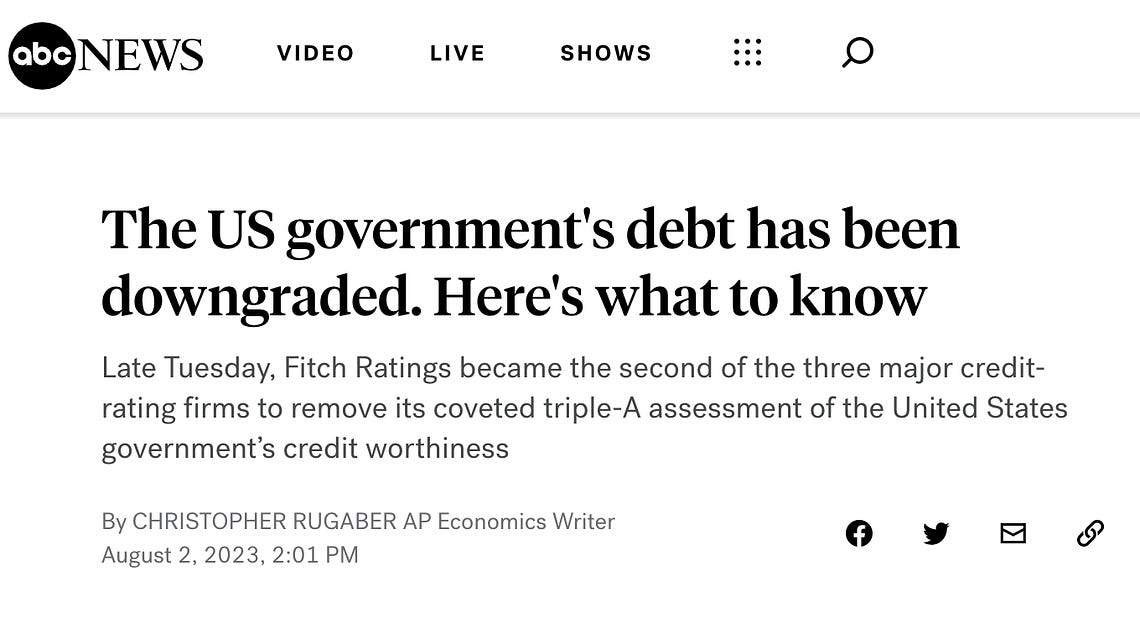
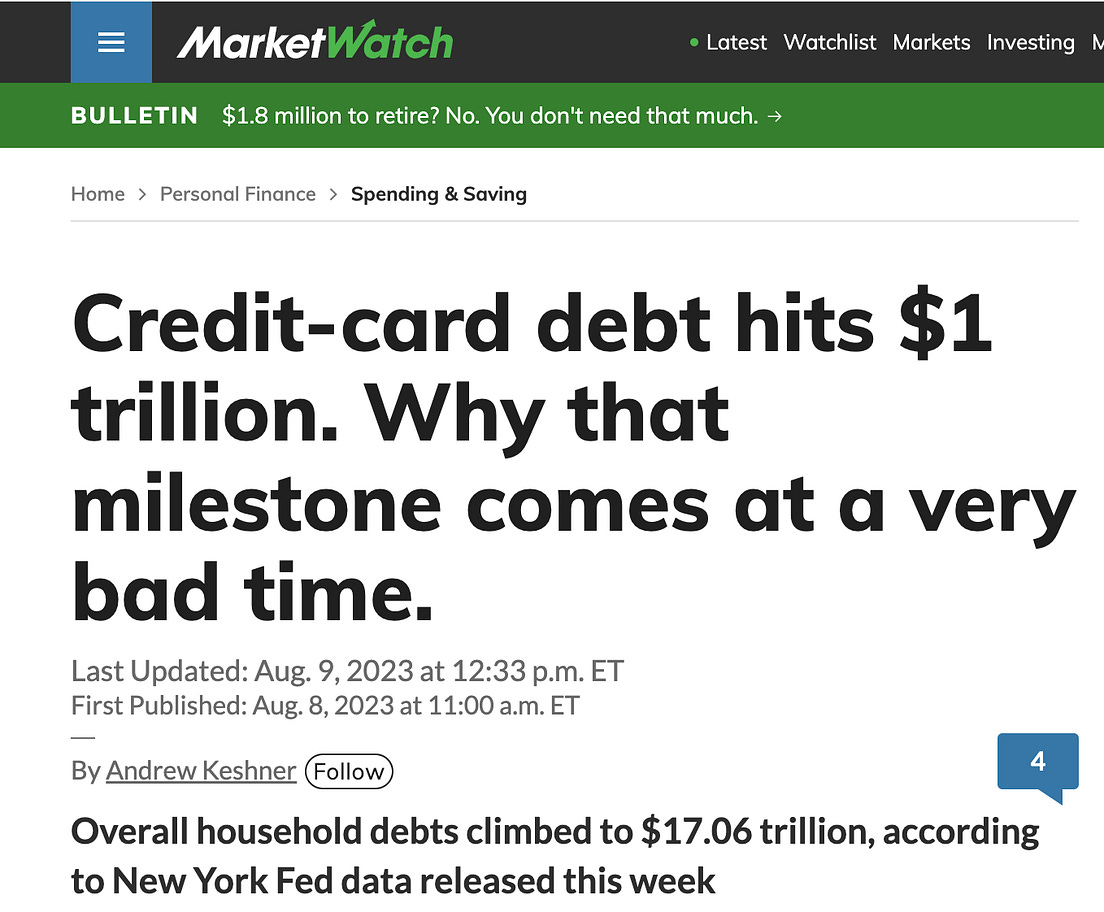





Leave a Reply
You must be logged in to post a comment.